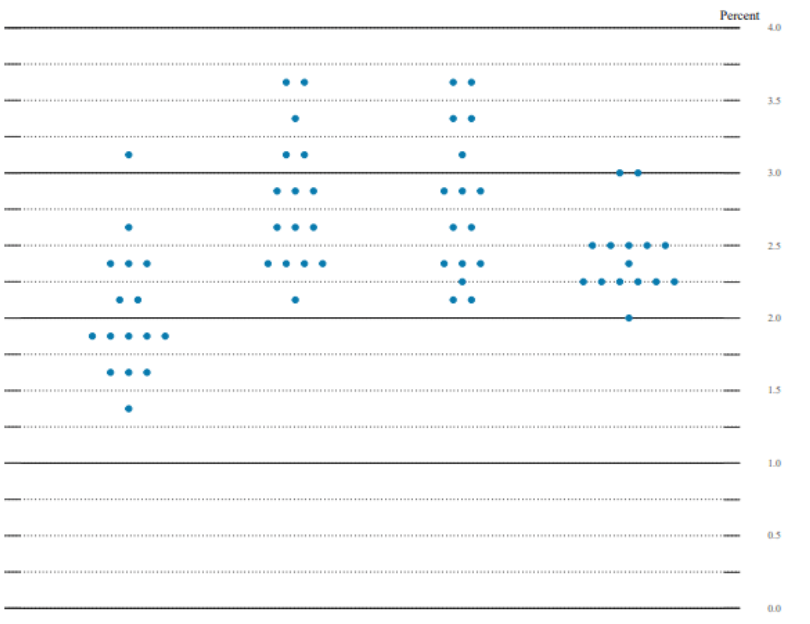The Federal Reserve's policymaking arm lifted the federal funds rate target range by 25 basis points to 0.25%-0.5%, in the first increase since 2018 and the first time rates have been above the effective lower bound since the pandemic rattled markets in March 2020.
In addition, the Federal Open Market Committee expects "ongoing increases in the target range will be appropriate. They also expect to begin shrinking its holdings of Treasury securities and agency debt and mortgage-backed securities at an upcoming meeting.
All FOMC members except one voted for the 25 bps rate increase; St. Louis Fed President James Bullard, the only dissenting vote, preferred a 50 bps hike to 0.50%-0.75%.
The central bank committee pointed out that economic indicators and employment have continued to strengthen, job gains are robust, and inflation remains elevated.
Noted economist Mohammed El-Erianobservedvia tweet: "As expected, the Fed opted for a 'dovish tightening' — indeed, more dovish than many expected. With inflation being such a challenge, it is no longer a sure thing that markets will see this as a good thing."
The FOMC members became decidedly more hawkish at this meeting, with more than half predicting at least seven 25-bp rate hikes this year, up from their previous expectation for three.
Stocks are easing back and Treasury yields are climbing sharply Wednesday after the Federal Reserve raised rates by 25 basis points.
The quarter-point hike was expected, but the big shift in the Fed's dot plot has yields shooting up, especially on the short end as the 2s-10s spread gaps down.
The 10-year Treasury yield is up 5 basis points to 2.21% and the 2-year is up 12 basis points to 1.98%. The 2-year was 1.15% at the last Fed meeting.
The median rate at the end of 2022 is 1.9%, compared with 0.9% in December, with 2023 at 2.8%, up from 1.6% in December.
You can see the Fed'sdot-plot here:

Comments